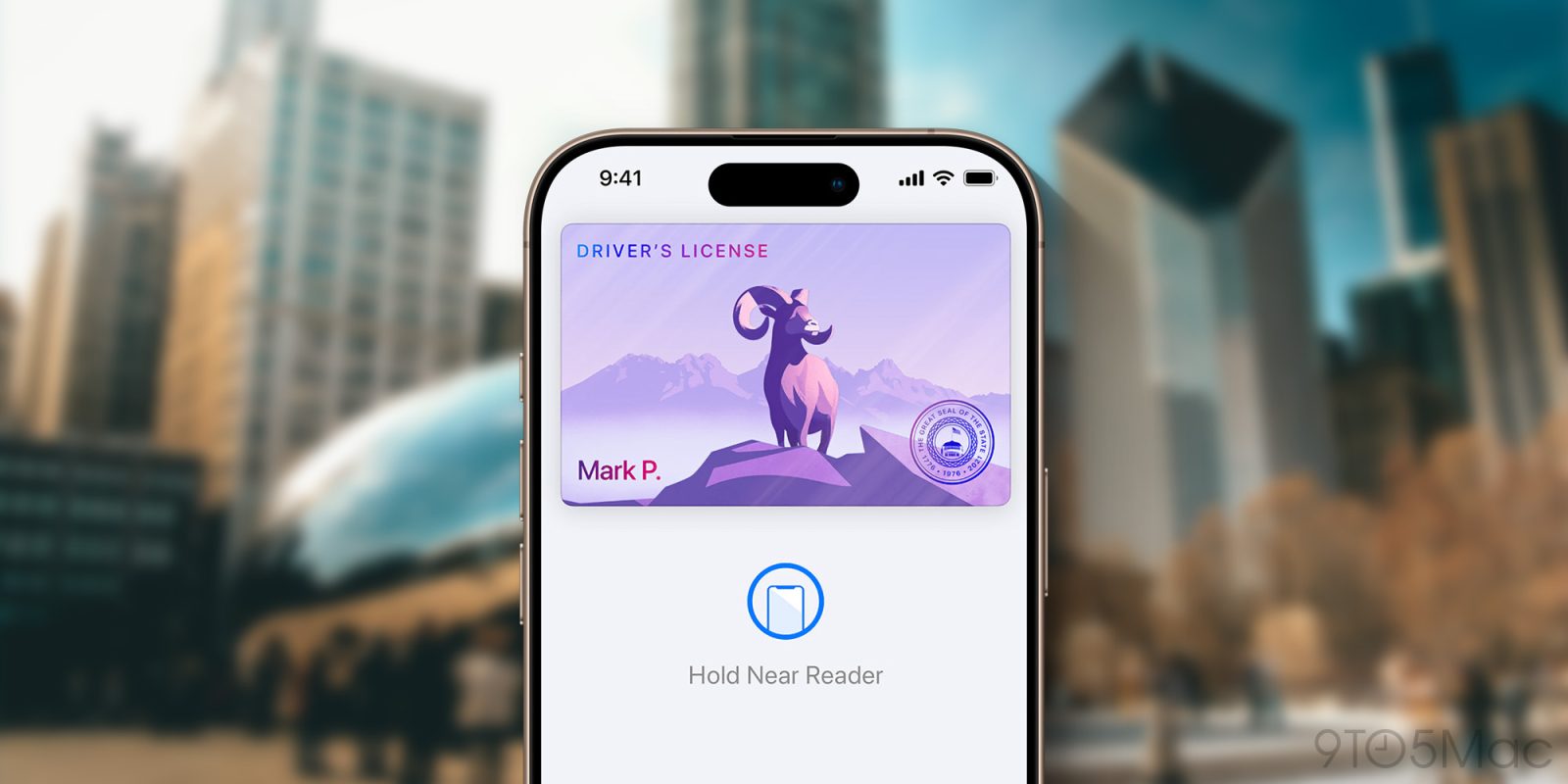THENEXTWEB.COM
Space-based wildlife tracker ICARUS gets new wings after split with Russia
In 2018, after decades of research and tens of millions in funding, Russian astronauts attached a wildlife-tracking receiver to the exterior of the International Space Station (ISS). The device received data from tagged animals across the planet and beamed it to a ground station in Moscow. From there, it went to an open-source database called Movebank.The space tracker was the final piece of the puzzle for the ICARUS project, an international effort led by German biologist Martin Wikelski to track the migratory patterns of wildlife from space. It was a game-changer for conservationists, who could monitor the journeys of tiny birds, bats, cats and other animalson a global scale for the first time. The data could even warn us of volcanic eruptions or protect us from diseases.That was until Russia invaded Ukraine in March 2022. After that, the West severed most of its bilateral research with Moscow. ICARUS was shot from the sky. But now, Wikelski the director of the Max Planck Institute of Animal Behavior looks to give the project new wings.Russian astronauts Sergei Prokopyev and Oleg Artemyev install the ICARUS antenna assembly on the Zvezda module of the ISS. Credit: Roscosmos, DLRToday, the Max Planck Society announced that it has teamed up with German spacetech startup Talos to launch ICARUS 2.0. Founded in 2022, Talos builds tiny solar-powered IoT tags that attach to the fur or feathers of wildlife. The five-gram devices gather location data, alongside measurements of the surrounding temperature, humidity, pressure, and acceleration. The tags then beam this information to a receiver aboard an orbiting CubeSat, which then relays it to researchers back on Earth.Price increase on Friday - Book NowICARUS 2.0 represents a complete technological overhaul, Gregor Langer, Talos CEO, told TNW. Were replacing the Russian ISS-based technologies while also significantly improving the update frequency and accuracy of the animal-tracking data.For Wikelski and scientists across the globe, its the perfect solution. The system enables high-precision tracking of animals. Its relatively inexpensive to deploy and operate. And perhaps most importantly, it means that ICARUS is finally freed from the clutches of geopolitics, putting scientists back in control.The shutting down of ICARUS illustrated the potential vulnerability of international research projects to geopolitical changes and, thus, the importance of sovereign infrastructures, said Langer. However, this relaunch also demonstrates the huge potential of NewSpace technologies and companies that can provide services for which governmental institutions were still needed just a few years ago.Once up and running again, ICARUS will allow scientists to observe animal movements in near totality for the first time and help create what Wikelski calls the internet of animals.A blackbird fitted with a GPS transmitter. Credit: TalosWhile ICARUS 2.0 will use 5-gram GPS tags for now, the project plans to deploy devices weighing less than 1 gram in the future. Meanwhile, other scientists in Germany are even working on miniature trackers for bees.ICARUS 2.0 will be a critical tool for addressing environmental challenges, including climate change, conservation, and zoonotic disease tracking such as SARS, bird flu, and the West Nile virus, said Wikelski. The ICARUS 2.0 mission aims to launch the CubeSat constellation in phases. The first satellite is set to launch aboard a SpaceX Falcon 9 rocket this autumn, with all five CubeSats expected to be operational by the end of 2026. Funded by the Max Planck Society, the system will cost roughly $1.57mn to launch and have annual operating expenses of around $160,000.By leveraging space technologies and collaborating with innovative space startups, the ICARUS initiative benefits from faster development cycles and enhanced capabilities, further expanding its reach and impact in global scientific research and conservation efforts, Wikelski concluded. Story by Sin Geschwindt Sin is a climate and energy reporter at TNW. From nuclear fusion to escooters, he covers the length and breadth of Europe's clean tech ecos (show all) Sin is a climate and energy reporter at TNW. From nuclear fusion to escooters, he covers the length and breadth of Europe's clean tech ecosystem. He's happiest sourcing a scoop, investigating the impact of emerging technologies, and even putting them to the test. Sin has five years journalism experience and holds a dual degree in media and environmental science from the University of Cape Town, South Africa. Get the TNW newsletterGet the most important tech news in your inbox each week.Also tagged with




/cdn.vox-cdn.com/uploads/chorus_asset/file/25229461/STK252_ebay_stock_CVirginia_2.jpg)




